July 24, 2015
Stony Brook Wildlife Sanctuary, Norfolk
Although the swamp azalea is past flowering, sweet pepperbush is just starting to come into bloom along the trails and boardwalks at Stony Brook Wildlife Sanctuary. Soon the air will be filled with its thick, sweet aroma!
The boardwalks and viewing platforms afford excellent views of several ponds and marshes, with room enough to set-up my scope and do some drawing. Great for turtle watching!
On a warm, sunny morning like this, the painted turtles are vying for basking space atop the stumps rising out of the lily pads and waterlilies. I’m intrigued by the way the turtles often pose with their legs stretched out straight, resting on their plastrons.
Sometimes they tuck in the front legs, with only the rear legs extended, other times all four legs are stretched out at once. It’s very similar to a pose we do in my yoga class. Am I watching Turtle Yoga? I ask some naturalists about this later, and one conjectures that this behavior may expose soft parts around the turtles legs to the sun and air, thereby deterring leeches. Another theory is that extending the legs in this way exposes more of the skin to the sun, and enhances the basking effect.
And there are other turtles, too. I watch the eerie slow-mo movements of a big snapping turtle from the observation platform at Teal Marsh.
Heading back to the visitor center, I hear the distinctive notes of a purple martin. Upon my arrival at the sanctuary earlier, I had noticed the martin house in the big field next to the parking area, but seen only house sparrows perched there. Now, I focused my scope on the house and found a single martin perched on the top mast. Later, I asked sanctuary director Doug Williams about the birds and was pleased to hear that the martins were in their third year of using the box and that this year three nests had produced a total of 10 young birds! I saw no more martins this day, but was happy to know that the colony is on the increase!
Heading out again to do the Pond Loop Trail, I notice a pair of young Canada geese loafing on a rock in Stony Brook Pond. They’re about 2/3 the size of their parents, who stand guard nearby. In a scruffy adolescent stage, they are still downy on the neck and head, and their colors are soft and muted compared with the adults.
At the bridge between Kingfisher Pond and Stony Brook Pond, I notice several large dragonflies on the concrete bridge abutments. I’ve been watching dragonflies all day – many pondhawks and slaty skimmers, a few widow skimmers and some tiny amberwings – but this one I can’t identify. Occasionally one takes a handstand-like pose with its abdomen pointing straight up. Actually this is a common behavior among odonates called the obelisk posture (there’s that YOGA thing again!), and it is thought to help with thermoregulation on warm days.
As luck would have it Robert Buchsbaum arrived on the scene, toting a dragonfly net and, more importantly, a dragonfly field guide (he was helping some volunteers with an odonate survey). Between studying my drawings and digital photos, we tentatively identified this insect as a black-shouldered spinyleg. Later I was convinced of our I.D. by noting the spines on the rear legs in my digital photos and also by a phrase which I read in the Mass Audubon pocket laminated guide A Guide to NE Dragonflies and Damselflies – in the brief description of this species written by Chris Leahy, he concludes with “Often perches on bridge abutments.” BINGO!


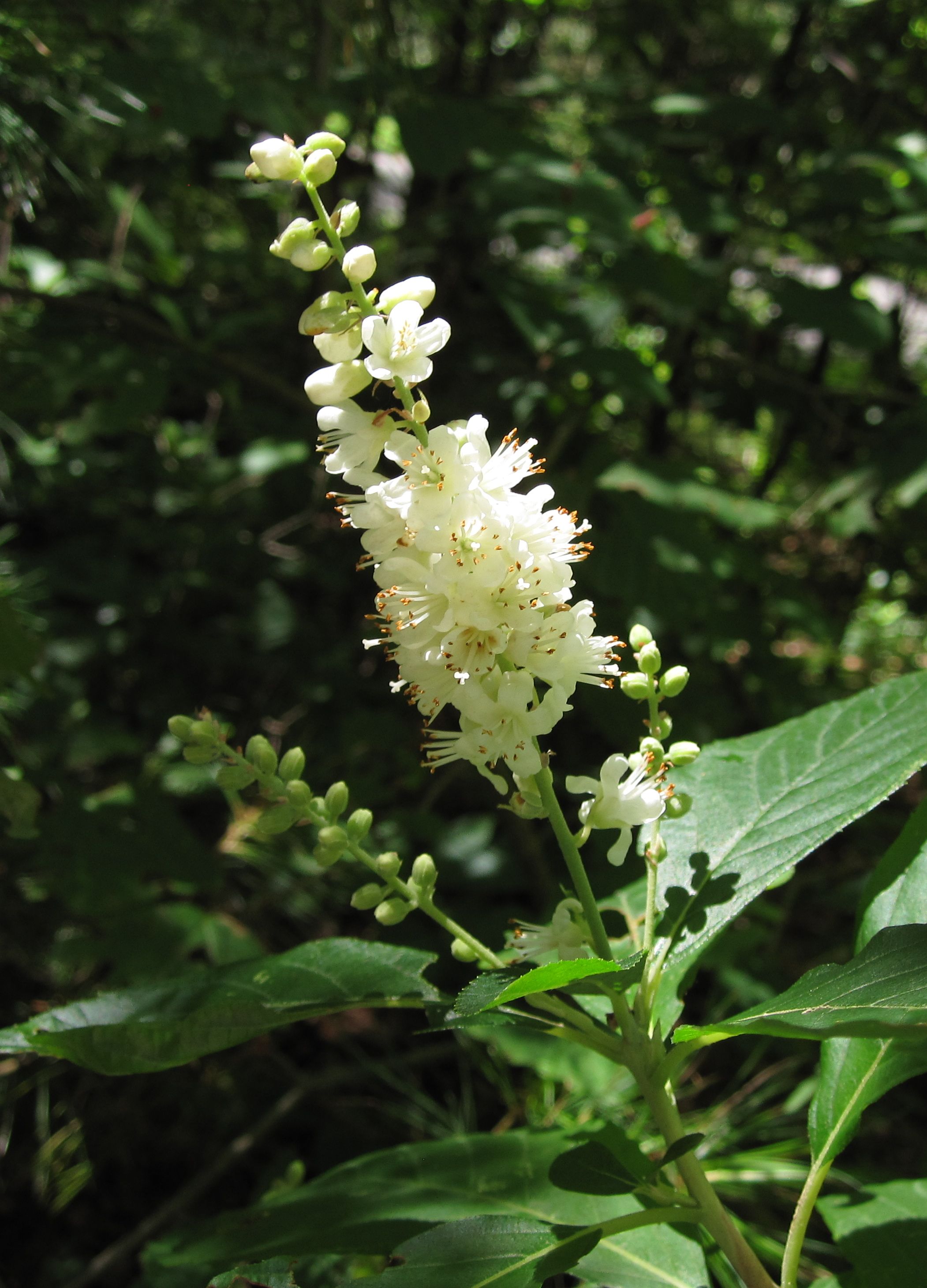
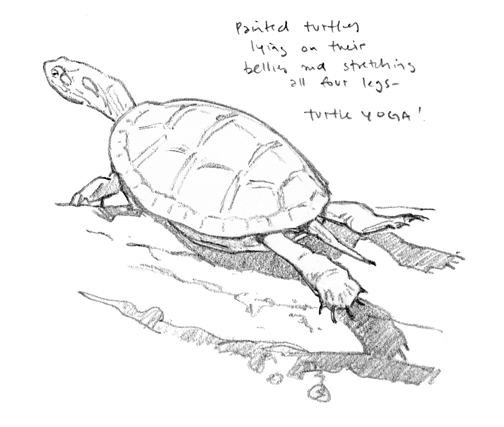
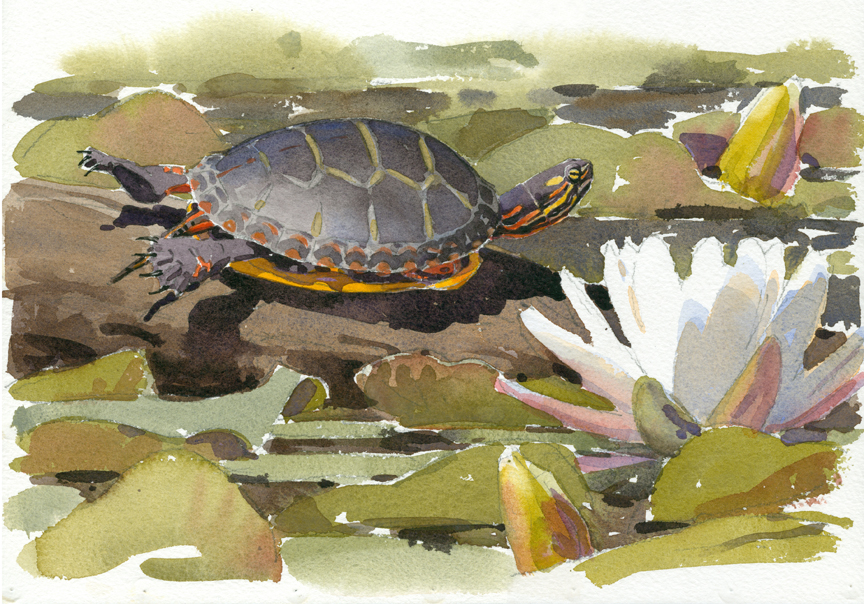

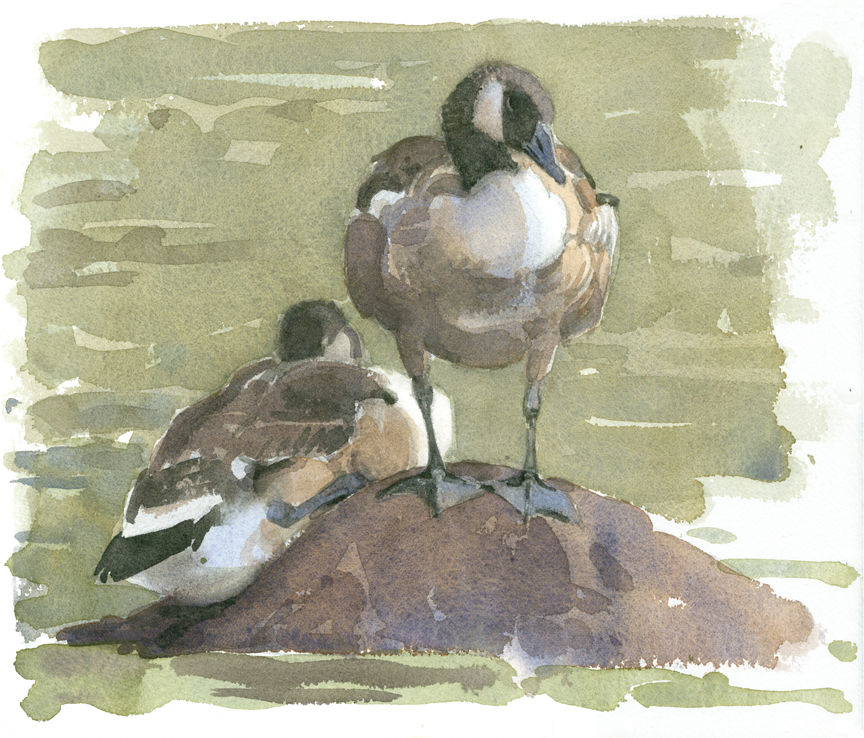
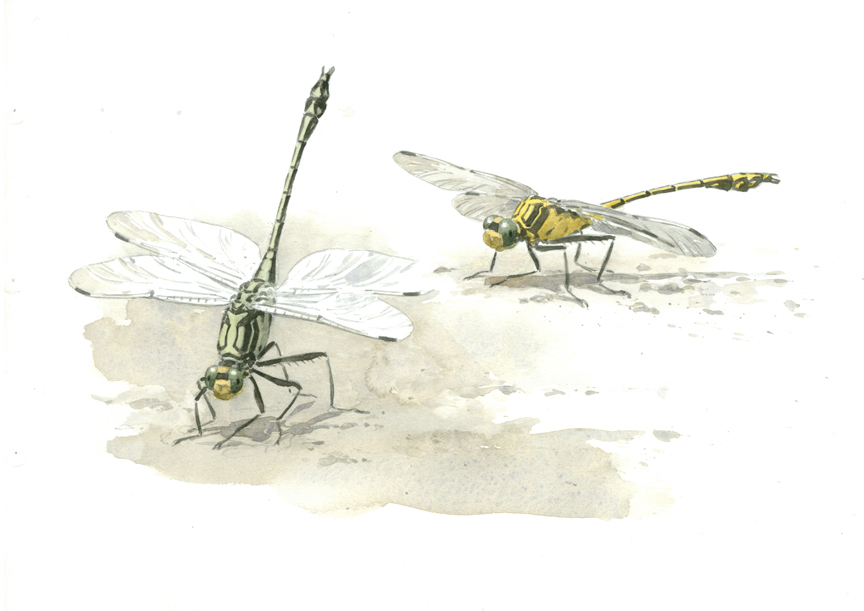
I cannot think of a better way to spend a late summer morning than watching turtles.
Thanks so much for noting the “poses” of basking painted turtles. Why do they want to dry between their toes, stretching and waving their webbed hind feet in the sunshine?
It appears to b a great pleasure!
I envy your painting skills. Do you offer any reasonably cheap reproductions of the basking painted turtle?